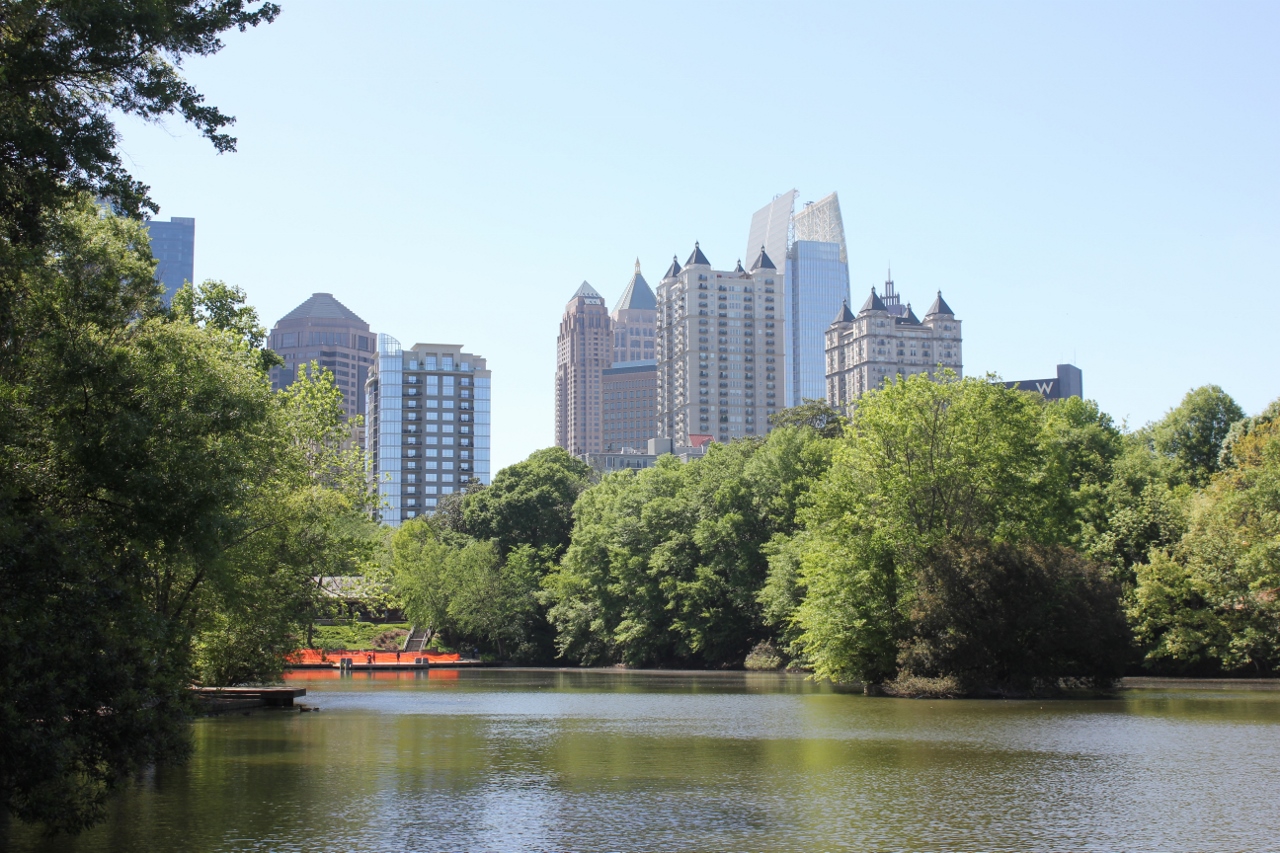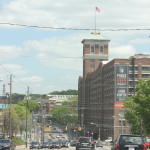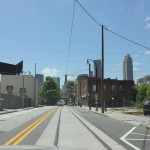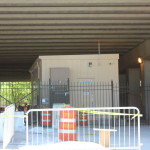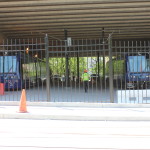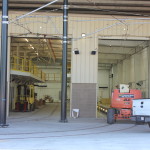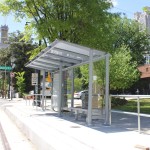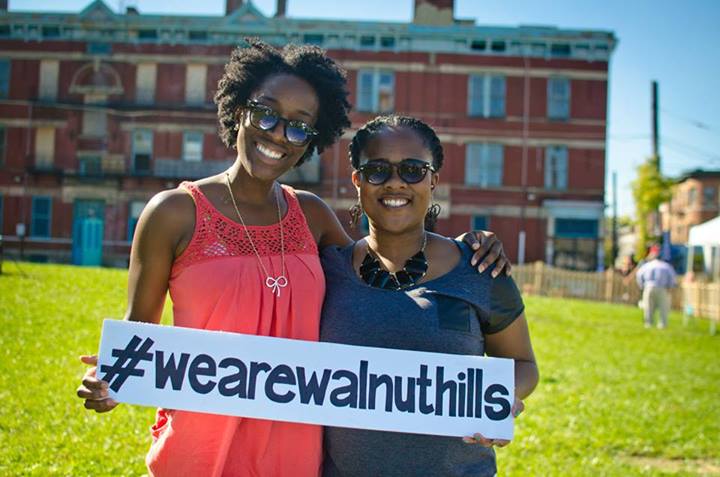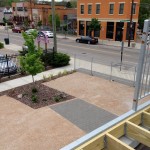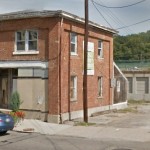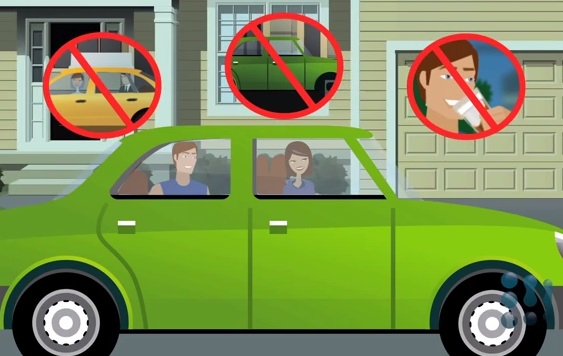While Uber and Lyft have been getting a lot of attention lately, following the launch of their services in Cincinnati, they are not the only non-traditional ride sharing services operating locally. The other, of course, is 321-RIDE and has been operating since 2007 primarily as a chauffeur service.
The locally owned and operated company has around 1,100 members presently, but new features, membership options and services are expected to grow that number and make 321-RIDE more competitive in the increasingly congested market.
According to Jon Amster, owner of 321-RIDE, the company’s existing client base is about half corporate and half individuals, and says that they are more of a higher-end service when compared to taxis, Uber and Lyft. He also says that they help those people who are not totally car-free.
“We’re a business that’s set up for a community like Cincinnati and other mid-sized Midwestern cities,” Amster explained. “We don’t have a strong taxi culture here…we have a drive your car to the bar culture, and we understand that.”
The way it works is two workers show up on behalf of 321-RIDE. One of those workers drives the customer home in their car, while the second worker follows them in order to bring both back after dropping off the user.
There are similar such businesses in other markets across North America, including numerous that include only one worker who gets to the customer on a collapsible bike that is stored in the truck until drop-off.
In order to keep up with the changing landscape, 321-RIDE launched a new website, mobile platform and membership options on May 1. Amster says that they are also working with a local developer and database firm to launch a mobile application this fall that will allow for users to geolocate the service and make a reservation in a one- to two-step process.
While the new changes are meant to help continue growth at the company, the University of Cincinnati real estate graduate says that it has not always been smooth sailing.
“We lost $100,000 in the first six months, but eventually paid all of that money back after two years of operation,” Amster said. “We learned from organizations like SCORE and through trial-by-fire, and we’re now a growing business.”
The new model for 321-RIDE allows for customers to sign-up for membership accounts at $8.95 per month, which differs from the previous $200 per year membership option offered. From there, the member’s credit card information is stored so that all ride purchases can be done without an in-car transaction. The average ride fee is around $64, with a minimum charge of $55.
Since 321-RIDE is now a cashless business, it means that gratuity is automatically calculated into the rates.
Amster says that he realizes the more premium service is probably not for everyone, but believes there is a market for ride sharing in Cincinnati at both ends of the spectrum, just as there is a market for steak at both Outback Steakhouse and Morton’s.
As for the new competition from Uber and Lyft, Amster says he welcomes their arrival and believes that they serve different markets.
“I don’t see us as competition,” said Amster. “There are some nights where you’d rather take a cab, but there are some nights where you’d rather have your car home with you.”
There are about 16 to 18 drivers, who operate as contractors, working at any given time for 321-RIDE. Those interested in using the service are able to do so seven nights a week between 9pm and 3am. Daytime and early evening hours are not currently offered, but are being considered as part of expanded operations in the future.

